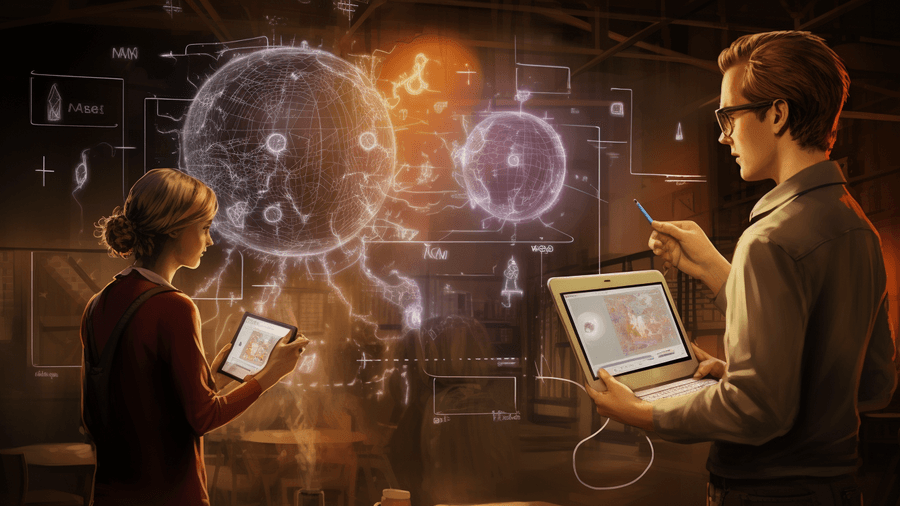We seem to see this new abbreviation — M2M — just about everywhere, we know that it is likely to be connection to IT, but what does it mean, and how does it work?
M2M stands for machine-to machine communication and is the technology that enables machines to connect and communicate with each other via the internet with the actual communication being controlled by software.
So how does the communication happen? The technology involved in M2M enables communication between machines by translating information into data which is then monitored and analyzed by software. If a certain type of data enters the system it will cause certain actions. The machines can then communicate with users as well as each other and the process can be managed from anywhere ie, remotely.
This may seem complex and even unlikely but it is actually quite a simple process. An M2M network works in a similar way to a LAN or WAN network. M2M networks controls what is known as The Internet of Things, ie, machines, controllers and sensors and the way that they communicate.
There are 2 main processes needed to make M2M communications work properly. Sensors — usually wireless, and a computer with a good internet connection. The sensors send date to the wireless network which in turn is connection to the Internet. The entire process is monitored using software, enabling engineers to analyze the process.
There are many real life examples of M2M technology: Tracking logistical information, detecting fuel shortages in trucks, or issues in vehicles that need repairing. As well as detection the software could send an automatic message booking the vehicle to a mechanic. Temperate measurement lends itself well to M2M, which can also adjust the temperature according to need.
As well as industrial uses M2M tech is also used within the home where it can control lighting, heating, air conditioning and security among other things. It is also used to control washing machines, cookers, and other home appliances both from within the home and remotely.
Healthcare environments are also well managed by M2M application — sensors for conditions like low blood sugar can be placed on the patient and information sent to medical staff. Patients can also be shown how to interpret data, meaning less demand on valuable hospital beds or medical services.
M2M is great for retail too for example in vending machine management, parking, payment systems and product placement and in manufacturing control systems and assets can be digitally managed and smart sensors employed to optimize energy production, efficiency and safety.
M2M technology can be used in various areas of our daily life — everything from shipping, manufacturing and even health care monitoring. As time continues it is becoming more popular and has an ever-increasing presence in our lives.




